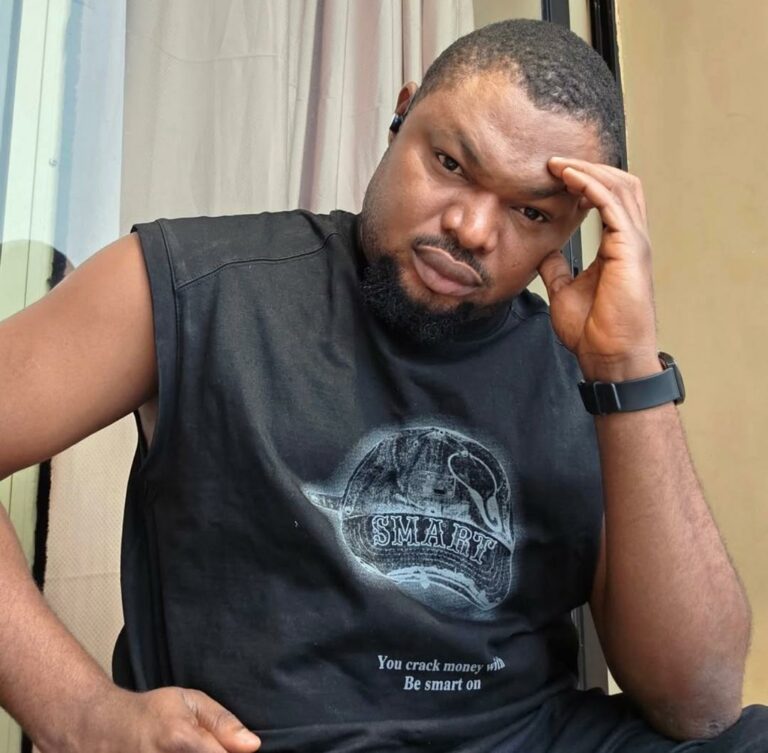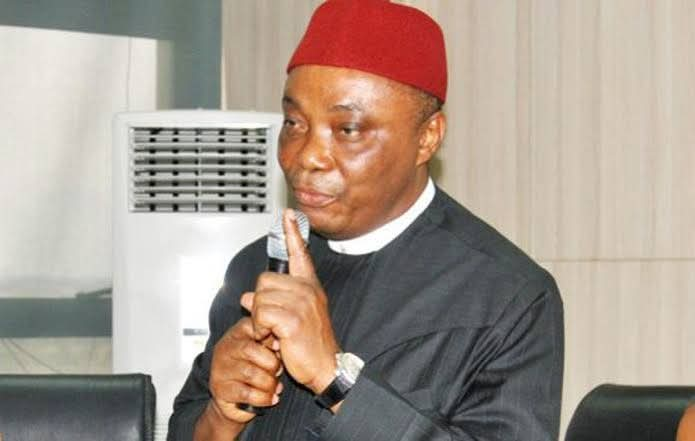Madagascar Soldiers Join Antigovernment Protests as Movement Gains Momentum

By Trend Brio News Desk | October 11, 2025
In a dramatic escalation of unrest in Madagascar, groups of soldiers have defied orders and joined thousands of antigovernment protesters in the capital, Antananarivo, as demonstrations demanding President Andry Rajoelina’s resignation intensify.
The youth-led protesters entered the historic May 13 Square for the first time on Saturday, marking one of the largest rallies since demonstrations erupted on September 25. Inspired by youth-led “Gen Z” protest movements in Kenya and Nepal, the rallies have grown from anger over persistent power and water shortages into a broader movement against the government.
Police fired stun grenades and tear gas in an attempt to disperse the crowds, but tensions shifted when members of the elite CAPSAT military unit arrived and were met with cheers from demonstrators. CAPSAT, which once played a key role in bringing Rajoelina to power during Madagascar’s 2009 political crisis, appeared to side with the protesters in defiance of military command.
In a video message shared on social media, soldiers from the Soanierana barracks urged unity among the armed forces and called on colleagues to refuse orders to fire on civilians. “Let us join forces — military, gendarmes and police — and refuse to be paid to shoot our brothers and sisters,” the soldiers said. They also urged troops at the airport to halt flights and those in other camps to “close the gates” and “refuse orders from superiors.”
Local footage showed soldiers escorting demonstrators into May 13 Square, a symbolic site for political uprisings in Madagascar that had been heavily guarded for weeks.
The country’s armed forces minister, General Deramasinjaka Manantsoa Rakotoarivelo, appealed for calm, urging soldiers to “prioritise dialogue.” He reiterated that the army “remains a mediator and the nation’s last line of defence.”
The United Nations condemned the use of excessive force after reports of police brutality went viral, including footage showing officers beating a protester unconscious. The UN said at least 22 people have been killed and 100 injured since the unrest began, though President Rajoelina disputes the figures, claiming only 12 “looters and vandals” died.
Rajoelina initially responded to the protests by dissolving his government, but he has since taken a harder line, appointing military officer Ruphin Fortunat Zafisambo as prime minister and filling key cabinet posts with members of the security forces.
Madagascar, one of the world’s poorest nations, has a long history of political instability. The island nation has seen several mass upris



